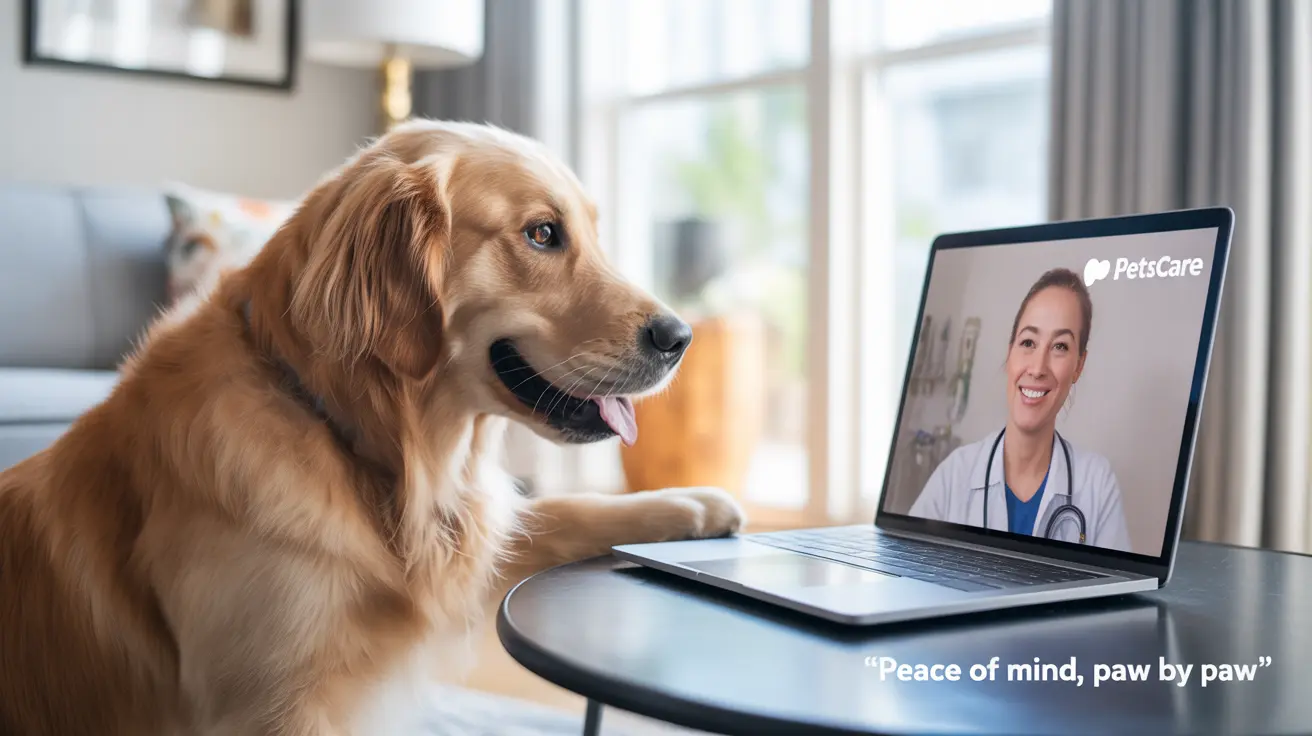Can Dogs Have Peanut Butter? What Every Pet Owner Should Know
Peanut butter is a popular snack among humans, and many dog owners wonder if it’s safe to share this treat with their canine companions. The short answer is yes, dogs can eat peanut butter—but with important caveats. Understanding the potential risks and benefits can help ensure that this treat is given safely.
Why Dogs Love Peanut Butter
Peanut butter has a strong aroma, rich taste, and creamy texture, all of which appeal to dogs. It’s often used as a training aid or to administer medications because of its high palatability.
Health Benefits of Peanut Butter
- Good Source of Protein: Protein helps maintain muscle mass and supports various bodily functions.
- Healthy Fats: Contains beneficial unsaturated fats that can contribute to a shiny coat and healthy skin.
- Vitamins and Minerals: Includes vitamin B, vitamin E, niacin, and magnesium, which support the immune system and energy metabolism.
Watch Out for Xylitol
While most peanut butters are safe, some brands include xylitol, an artificial sweetener that is toxic to dogs. Even small amounts can cause a rapid insulin release, leading to hypoglycemia (low blood sugar) and potentially liver failure in severe cases. Symptoms of xylitol poisoning include:
- Vomiting
- Weakness
- Lack of coordination
- Seizures
- Collapse
It’s critical to check the ingredient label before offering peanut butter to your dog.
High Fat and Caloric Content
Even natural, xylitol-free peanut butter is high in calories and fat, which can contribute to obesity and pancreatitis if given excessively. Dogs with weight issues, diabetes, or pancreatitis should consume peanut butter only under veterinary guidance.
How Much Is Safe?
Peanut butter should be considered an occasional treat—not a staple food. Here's a rough guideline for serving sizes:
- Small dogs: Up to ½ teaspoon
- Medium dogs: Up to 1 teaspoon
- Large dogs: Up to 1 tablespoon
Always monitor your dog the first time you offer peanut butter to ensure they tolerate it well.
Safe Ways to Serve Peanut Butter
- In Kong toys: Freeze peanut butter inside a rubber toy for a mental workout.
- With medications: Hide pills inside a dab of peanut butter for easy administration.
- As a training reward: Offer small amounts during advanced training sessions.
Healthy Peanut Butter Alternatives
If you're concerned about the calorie content or sugar levels in store-bought peanut butter, consider these healthy alternatives:
- Pumpkin puree (plain, unsweetened)
- Mashed sweet potato
- Low-fat plain Greek yogurt
These options provide nutritional benefits without the added fat and sugar.
Signs of an Allergic Reaction
While rare, some dogs may have allergies to peanuts. Watch for the following signs after introducing peanut butter for the first time:
- Itching
- Hives or swelling
- Gastrointestinal distress
- Difficulty breathing
If any of these symptoms occur, consult a veterinarian immediately.
Conclusion
Peanut butter can be a safe and enjoyable treat for dogs when used appropriately. Always choose natural, xylitol-free brands and serve in moderation. With proper precautions, peanut butter can be a valuable tool for bonding, training, and nourishing your dog.





